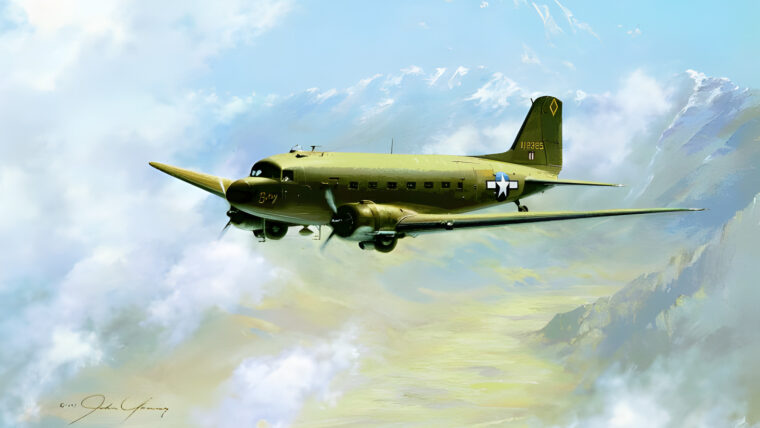
U.S. Army Air Corps
The Air Transport Command: From Lend Lease To The Hump
By Sam McGowanWorld War II was responsible for numerous technological advances, not the least of which was the establishment of the largest airline in history. Read more

U.S. Army Air Corps
World War II was responsible for numerous technological advances, not the least of which was the establishment of the largest airline in history. Read more
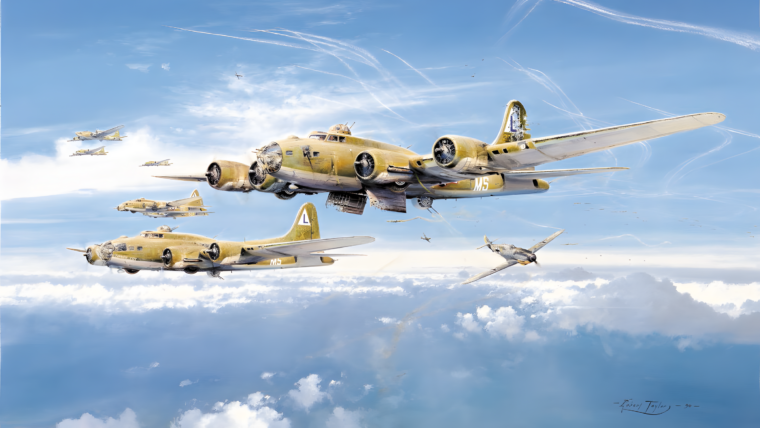
U.S. Army Air Corps
In early 1942, the U.S. Eighth Air Force arrived in England firmly entrenched in the belief that continuous and accurate daylight precision bombing was the only way to decisively crush German industrial capacity. Read more
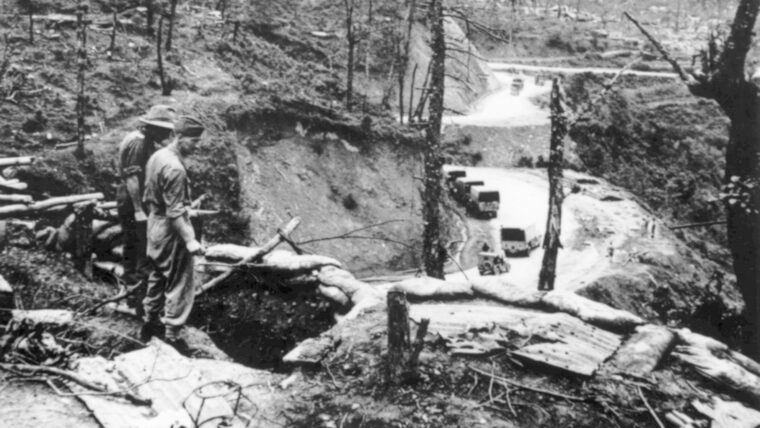
U.S. Army Air Corps
The two regiments from the county of Kent, down in southeastern England, are of both ancient and honorable lineage. Read more
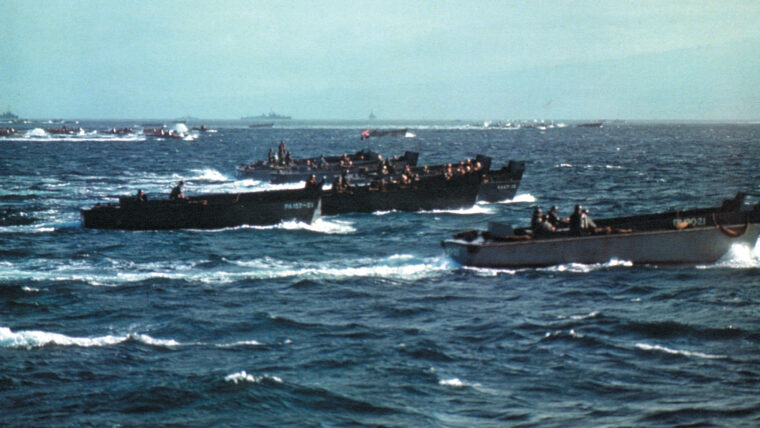
U.S. Army Air Corps
In November 1941, the U.S. Asiatic Fleet weighed anchor in Shanghai, China, for the last time. Alarmed by the growing hostility and aggressiveness of the Japanese, Admiral Thomas Hart ordered the outnumbered and outgunned American vessels moved to the relative safety of Manila Bay in the Philippines. Read more
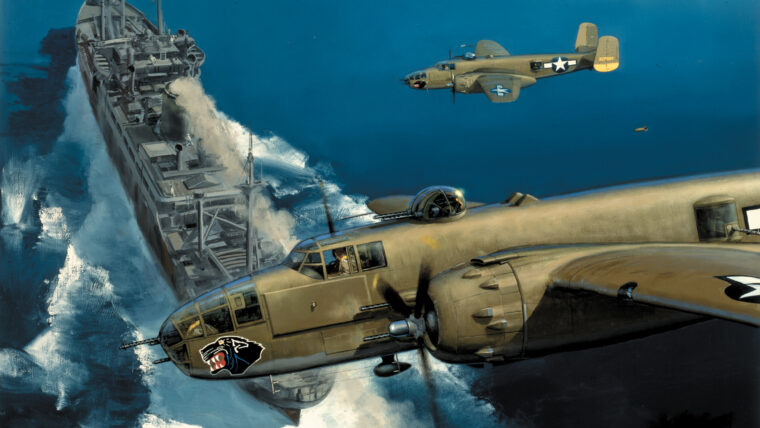
U.S. Army Air Corps
During the 1920s, roughly two decades before the B-25 Mitchell bomber came into service, U.S. Army Air Service commander Brig. Read more
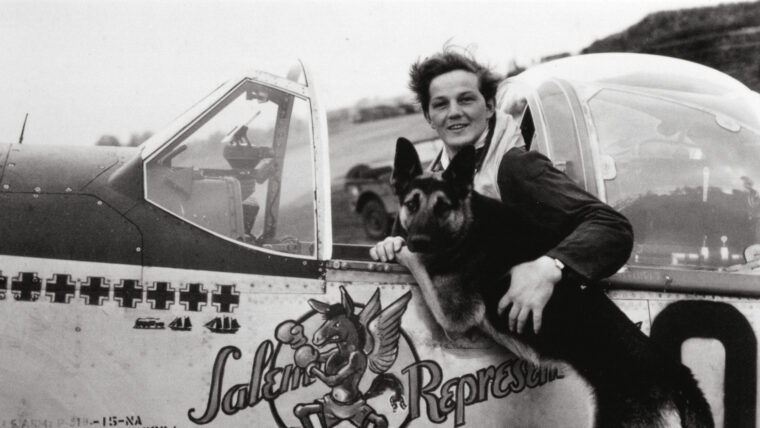
U.S. Army Air Corps
He could be described as reckless, impulsive, undisciplined, lucky, fearless, and also as one of the most successful fighter pilots in the history of the U.S. Read more
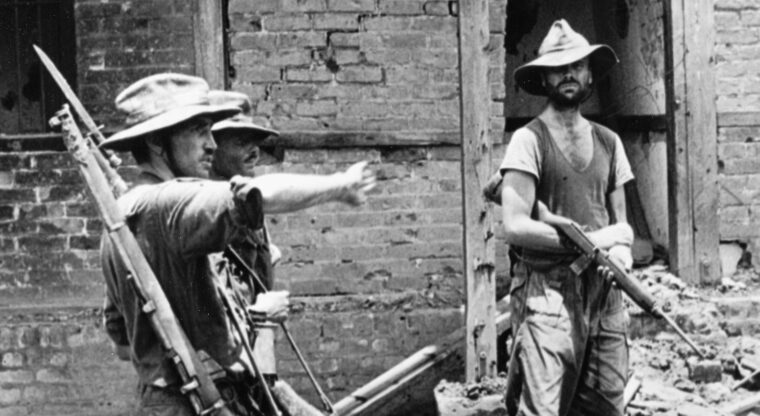
U.S. Army Air Corps
The English officer studied the Burmese river and its surroundings. The area seemed quiet, for the moment peaceful. Read more
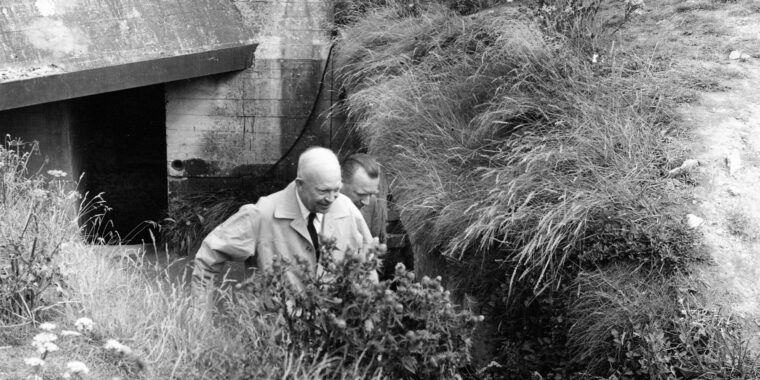
U.S. Army Air Corps
Walter Cronkite is the acknowledged dean of American journalists, an icon whose distinguished career spanned 60 years. Cronkite is best known as the anchorman and managing editor of The CBS Evening News, a position he occupied from 1962 to 1981. Read more
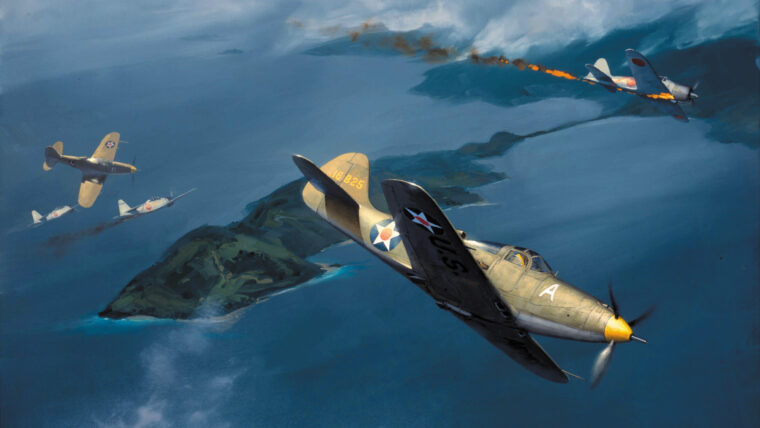
U.S. Army Air Corps
If there is an American combat airplane that has achieved an ill-deserved reputation, no doubt it would be the much-maligned Bell P-39 Airacobra, a tricycle landing gear single-engine fighter whose reputation was greatly overshadowed by the more famous, and of more recent design, Lockheed P-38 Lightning, Curtiss P-40 Tomahawk, Republic P-47 Thunderbolt, and North American P-51 Mustang. Read more
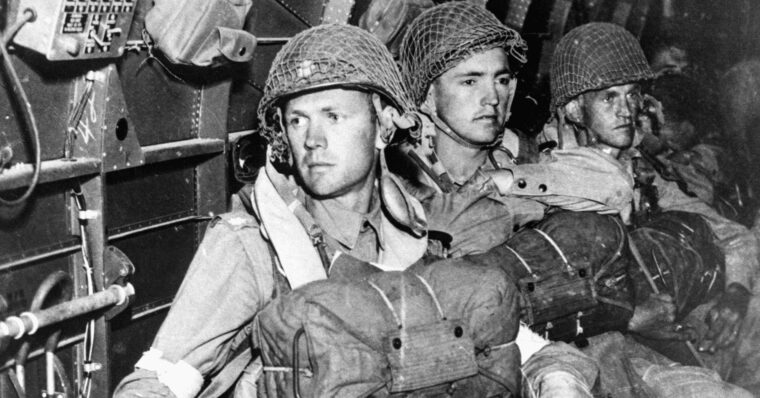
U.S. Army Air Corps
Letters were a valuable commodity to the World War II soldier. They were the link to home and to all things familiar in a most unfamiliar place and time. Read more
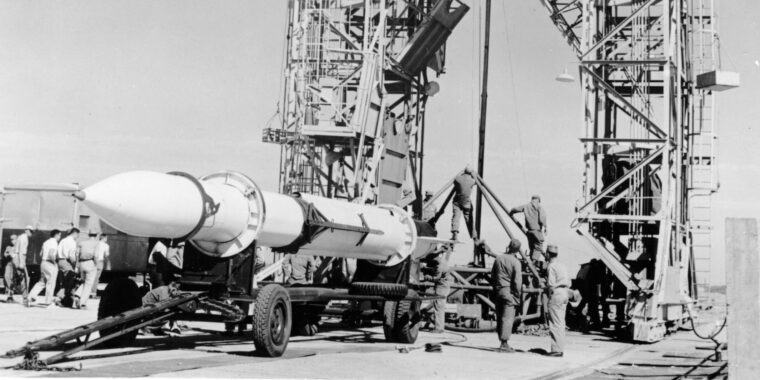
U.S. Army Air Corps
Six days after the Allies’ D-Day landings on the coast of Normandy in June 1944, Germany retaliated by launching its first Vergeltungswaffe, or Vengeance Weapon, at the city of London. Read more
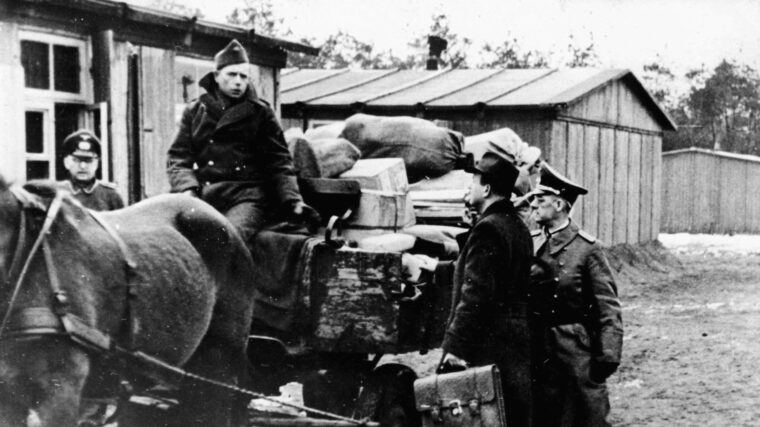
U.S. Army Air Corps
By 1945, the war in Europe was nearing its conclusion. Having suffered a severe defeat at the hands of the Allies in the Battle of the Bulge, Adolf Hitler’s seemingly indestructible Third Reich was quickly crumbling under the Allied juggernaut. Read more
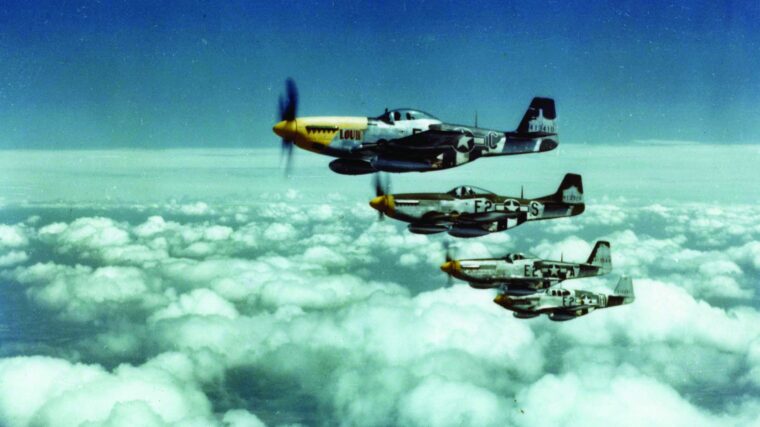
U.S. Army Air Corps
If a single airplane has captured the public imagination more than any other, it is undoubtedly the North American P-51 Mustang fighter. Read more
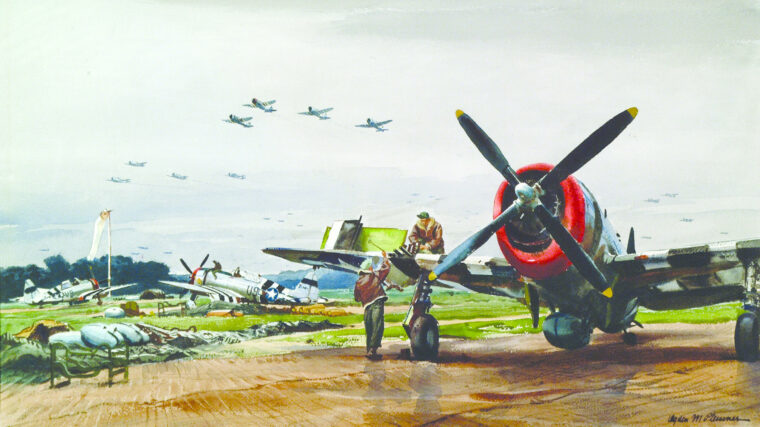
U.S. Army Air Corps
Since the end of World War II, the aviation press has made the North American P-51 Mustang into the superstar Allied fighter of the war. Read more
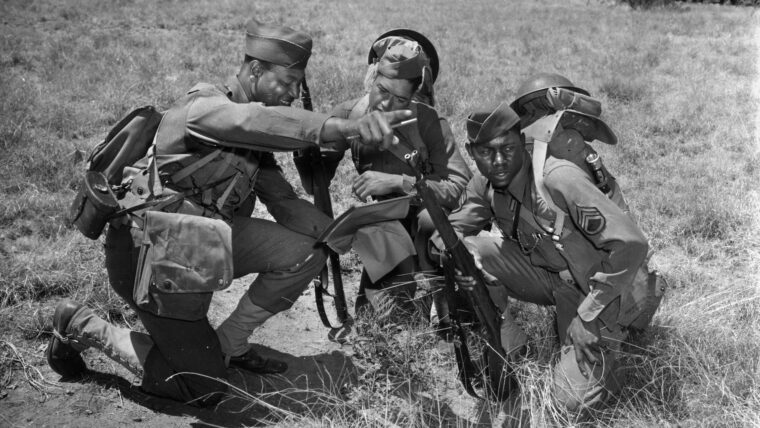
U.S. Army Air Corps
On August 2, 1945, two weeks prior to Japan’s surrender, the highest ranking Japanese officer captured during the war in the Pacific was taken on the island of Morotai, Dutch New Guinea. Read more
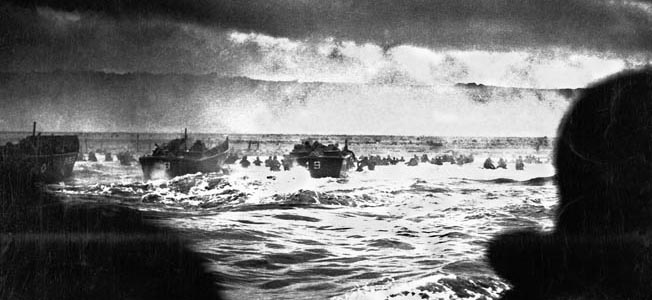
U.S. Army Air Corps
The largest amphibious invasion in history began on the night of June 5-6, with the roar of C-47 engines preparing to take off , and climaxed on the beaches of Normandy. Read more
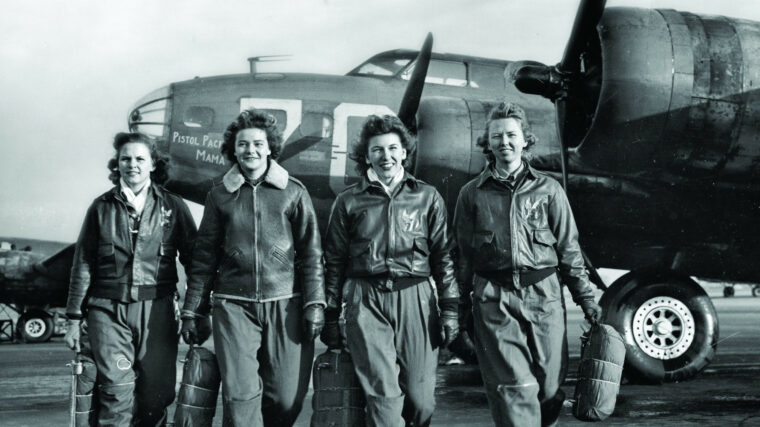
U.S. Army Air Corps
In 1941 two events took place on opposite sides of the world that forever impacted the history of women in aviation. Read more
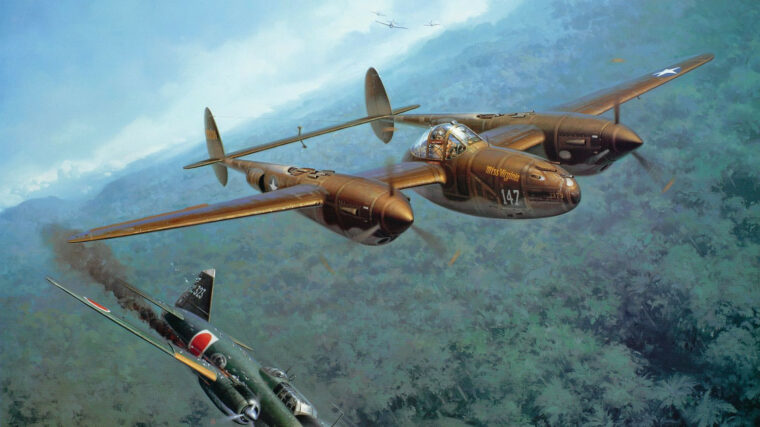
U.S. Army Air Corps
When American air ace Major John Mitchell led 16 Lockheed P-38 Lightning fighters on the longest combat mission yet flown (420 miles) on April 18, 1943, Mitchell’s target was Isoroku Yamamoto, the Japanese admiral considered the architect of the Pearl Harbor attack. Read more
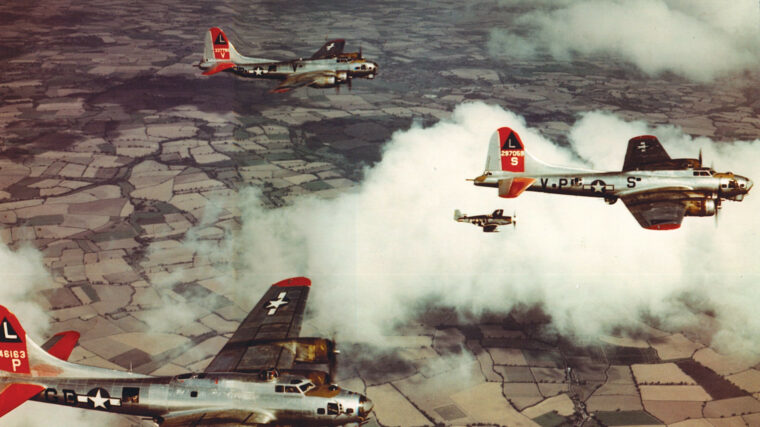
U.S. Army Air Corps
The Eighth Air Force—the “Mighty Eighth”—became the stuff of U.S. Air Force legend when its fleets of unprotected Boeing B-17 “Flying Fortress” heavy bombers flew massive air raids against the heavily guarded German industrial heartland during the period between the end of January through the middle of October 1943. Read more
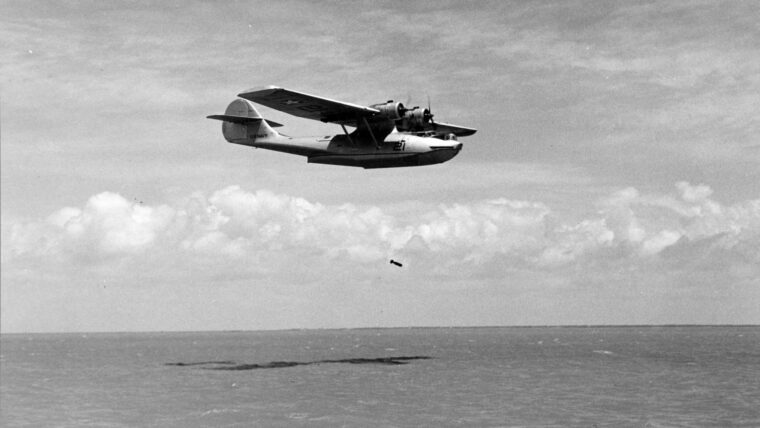
U.S. Army Air Corps
“Am over enemy submarine in position …”
Cut off in mid-transmission, this contact report came from a U.S. Read more